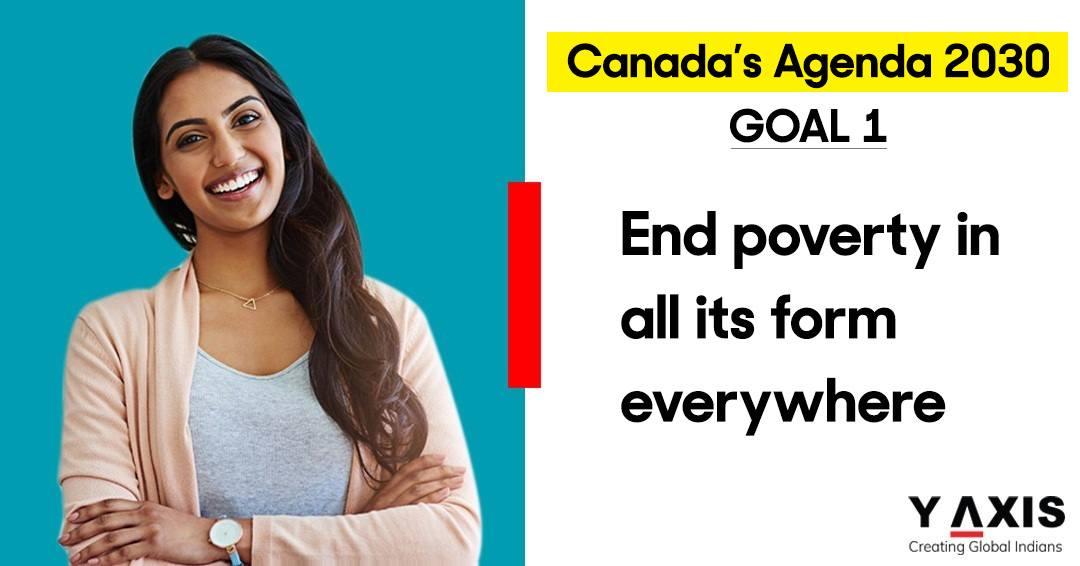
In support of the United Nations 2030 Agenda for Sustainable Development, Canada launched a program called the Moving Forward Together – Canada’s 2030 Agenda National Strategy. One of the Sustainable Development Goals (SDGs) is to promote ‘inclusive and sustainable economic growth and decent jobs.’
In tune with this, the Fall Economic Statement of 2020 by the Canadian government states that its investment priorities will be determined by:
- Continually drawing on best practices from around the world, obtaining professional advice on the factors that influence quality of life, and interacting with Canadians on what is essential to them in terms of a good quality of life.
The present reality is that Canada’s economy represents a global pattern of rising wealth and income concentration among the rich, while incomes for the others remain stagnant.
It’s important to note that income inequality in Canada is racial and gender-based. Women, Indigenous communities, racialized groups, new immigrants, and people with disabilities all have lower levels of income and jobs.
Canada has one of the highest gender wage disparities in the OECD, ranking 30th out of 36 countries, behind only the United States and all European countries. Among racialized, immigrant, and Indigenous workers, the inequalities are much wider. We are all affected by persistent inequality, which results in poorer health, lost opportunity, higher social costs, and weakened community relations.
The country’s agenda 2030 is determined to change this by bringing about policy changes especially in the areas such as public services, taxation, and environment to close the inequality gaps.
Government measures
Progressive taxation is a vital tool for combating poverty and inequality, as well as ensuring that Canada achieves its Sustainable Development Goals. The government’s new Gender Budgeting Act would help to ensure that all government programming, including tax policies, takes gender disparities into account.
In the first years of its mandate, the federal government took some crucial measures to reduce poverty, including reforming and expanding Canada’s child benefit system, raising benefit levels for vulnerable single seniors, and implementing a new Canada Workers Benefits – all of which helped to raise nearly half a million people out of poverty.
The government launched its program, Opportunity for All, in 2020. The government has set a goal for reducing poverty in Canada for the first time, identified an official poverty line, and provided a mechanism and process for publicly reporting progress with this announcement.
Apart from this, the government is determined to encourage philanthropic organizations, private sector companies, and private investors to help achieve the SDGs by collaborating on issues such as sustainable development and procurement processes, resource quality, renewable energy, and the regenerative use of natural resources, increased social security for workers, and the adoption of circular economic approaches.
It is determined to support research that identifies gaps in Canada’s attempts to achieve the SDGs or improves awareness of the social, economic, and environmental needs of under-represented communities that are at risk of falling behind.
Canada can continue to be a pioneer in achieving the 2030 Agenda for Sustainable Development’s vision and priorities, both at home and abroad. Canada will be much better prepared to weather economic, social, and environmental challenges in the coming decades with a stronger, more balanced fiscal base, while improvements in public services and infrastructure will ensure that everyone benefits.
These benefits will also help immigrants staying in Canada and those who aspire to move here. A better economy will mean a better quality of life, better employment opportunities and a good lifestyle.



Government of Canada launches its 2030 agenda National Strategy, Goal 1 is to end poverty completely
Posted on March 27, 2021